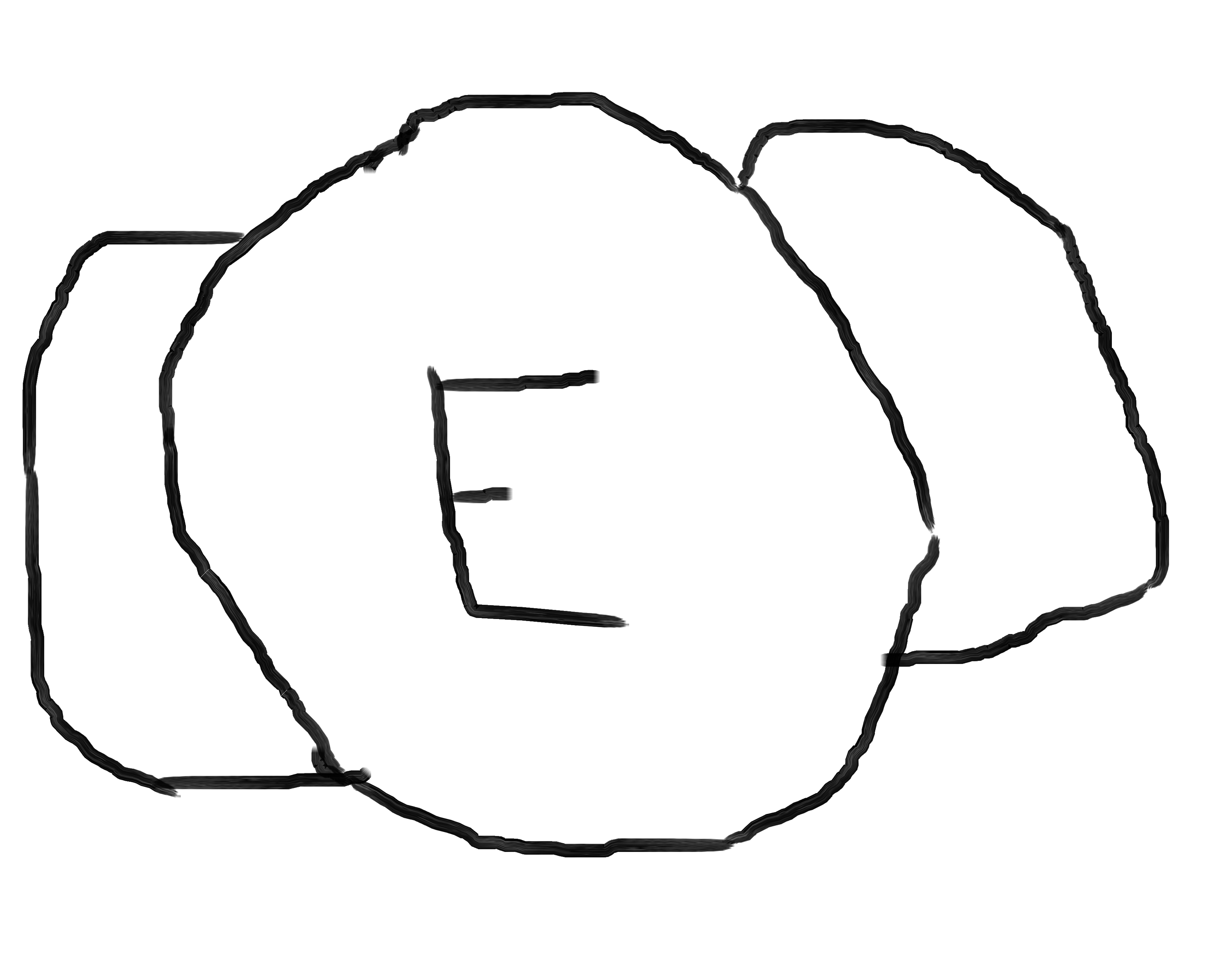This article says that NASA uses 15 digits after the decimal point, which I’m counting as 16 in total, since that’s how we count significant digits in scientific notation. If you round pi to 3, that’s one significant digit, and if you round it to 1, that’s zero digits.
I know that 22/7 is an extremely good approximation for pi, since it’s written with 3 digits, but is accurate to almost 4 digits. Another good one is √10, which is accurate to a little over 2 digits.
I’ve heard that ‘field engineers’ used to use these approximations to save time when doing math by hand. But what field, exactly? Can anyone give examples of fields that use fewer than 16 digits? In the spirit of something like xkcd: Purity, could you rank different sciences by how many digits of pi they require?
Structural engineer, and it depends. If I am doing structural or quantity calculations, I can get away with 3.14 (3 digits).
If I’m dealing with survey coordinates defined by horizontal curves, I’ll have to use at least 10 digits.
So do I have this right - if you think about the building being structurally sound you can get away with more error than if checking whether you’re accidentaly on the neighbour’s plot of land?
Yes.
There isn’t that much benefit to knowing if something is 4.5672% overstressed compared to being 5% overstressed. There are also some cases where the method of calculating demand or capacity isn’t that precise; the design code will show the simple equation but have a more complicated equation that better models what is happening in the commentary.
In contrast, some surveying is dealing in a state’s coordinate plane. This can be very precise, with some measurements provided down to the 1/10000 of a foot to keep error down when they measure it in the field. In that case, you need to be more precise.
Not a civil engineer, but an engineer here, if you’re doing structural soundness, you usually apply a generous margin of error, so it doesn’t have to be that tight, you’re building it 3 times as strong as needed anyway.
While if you’re calculating where your plot is, you don’t want to leave a few meters empty or go past a few meters “just to be sure”.
The State of Indiana tried to define it to 1 digit by law.
https://en.wikipedia.org/wiki/Indiana_pi_bill?wprov=sfla1
Thankfully, the bill was never passed.
In Biostatistics - only ever use pi in the variance of the logistic density. Using 3.14 gives substantially equivalent results to using arbitrarily large precision. But I use whatever my calculator or R give me.
I use 100,000,000,000,000
I use 100 trillion digits
3628800?? thats a lot!
This probably won’t play well with this audience, but I’m a management/strategy consultant. “~5” (technically one decimal place but also rounded to the nearest interval of 5) for any C-level decks ;)
That’s less than one significant digit! Even just to one significant bit, pi is 4.
That’s a crime 😭
Oof :D
I work in trails, like what you might walk on, and in the rare case I need pi, I use 3.14. This week, we have a meeting to talk about some things on 14 March. I will be using cornbread because I do not know how to make a pie but I will eat the pie others make. I look forward to this meeting.
I haven’t typed the digits of pi for probably 20 years because it’s defined as a double precision float in all the programming libraries I use.
if you round it to 1, that’s zero digits.
Isn’t rounding to zero digits a nonsensical concept? And “1” is one digit, not zero digits.
Isn’t rounding to zero digits a nonsensical concept?
Mostly, yeah. But sometimes you really just need to know the order of magnitude, which is a process kinda similar to rounding, but does lose a digit in the process, so you could kinda argue—if you squint a little—that it’s “rounding to zero digits”.
That’s basically my reasoning, yeah. Specifically, in floating point notation; if you get rid of all the mantissa bits, you’d be left with 1 * 2^0. I suppose it could be 0 * 2^0, but a leading 1 is implied, since virtually all numbers are nonzero.
I work in healthcare and I’ve yet to use even a single digit of pi
What are you talking about? I constantly explain the calculus of the flow rate in the push IV drug I’m giving by going through the (pi)r^2 * h of the syringe, with emphasis on the dh/dy. All my patients love hearing it. They constantly thank me as I finish giving them the dilaudid.
Equipment engineering. Usually 2 if I’m doing math by hand. 5 for more accurate calculations.
I use 100 trillion digits











